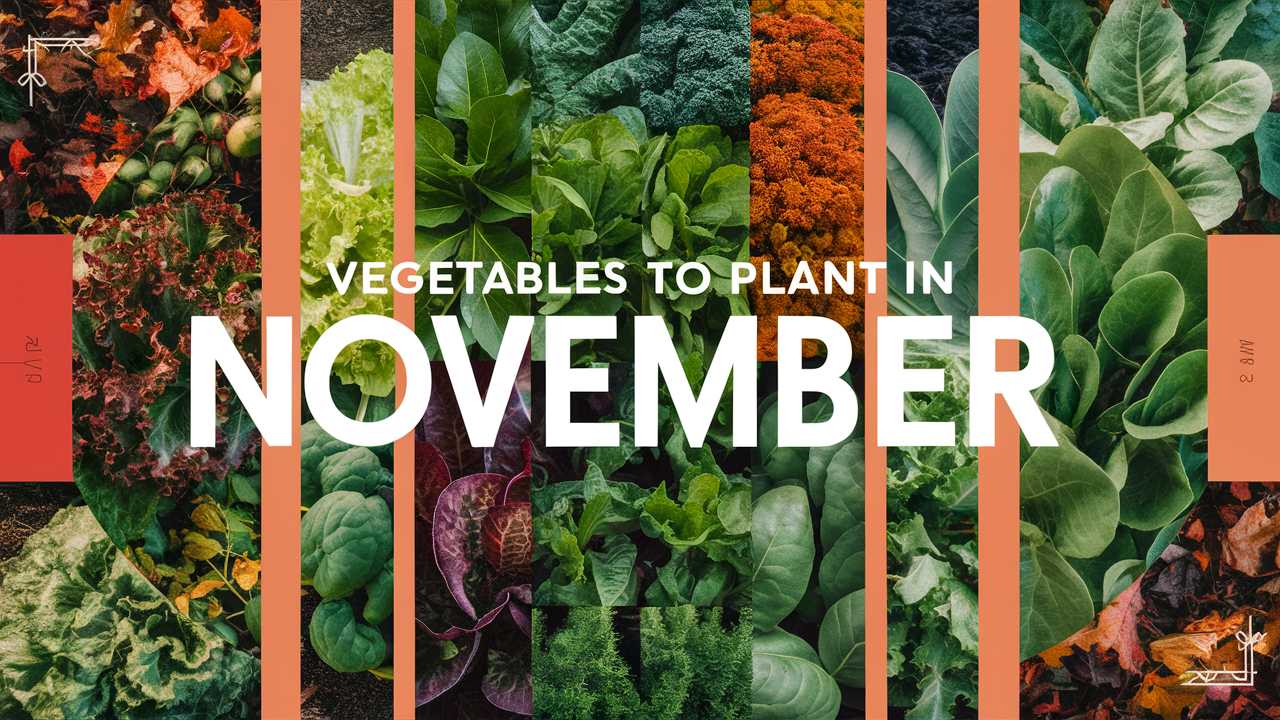As the crisp air of November settles in, the gardening landscape changes dramatically. Many gardeners may believe that the time for planting is over, but November can actually be an excellent month for sowing specific vegetable seeds, especially in certain USDA growing zones.
Leafy Greens
Leafy greens are a fantastic choice for November planting. They thrive in cooler temperatures and can often withstand frost, making them a great option for late autumn gardening.
Spinach
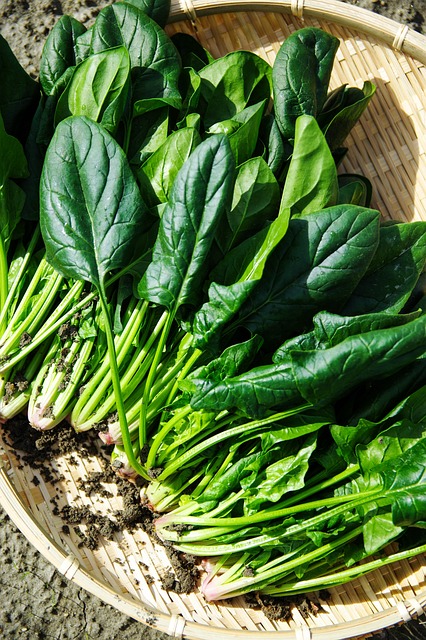
Spinach is remarkably resilient and can flourish even in cooler temperatures. When planted in November, it can survive in USDA hardiness zones 3-9. Spinach seeds germinate best in temperatures between 50°F and 68°F. If you’re in a Zone 3 area, consider using row covers to provide some additional warmth, enabling seedlings to germinate and grow more robustly. This versatile green can be harvested in as little as 30 days after planting if harvested young.
Kale
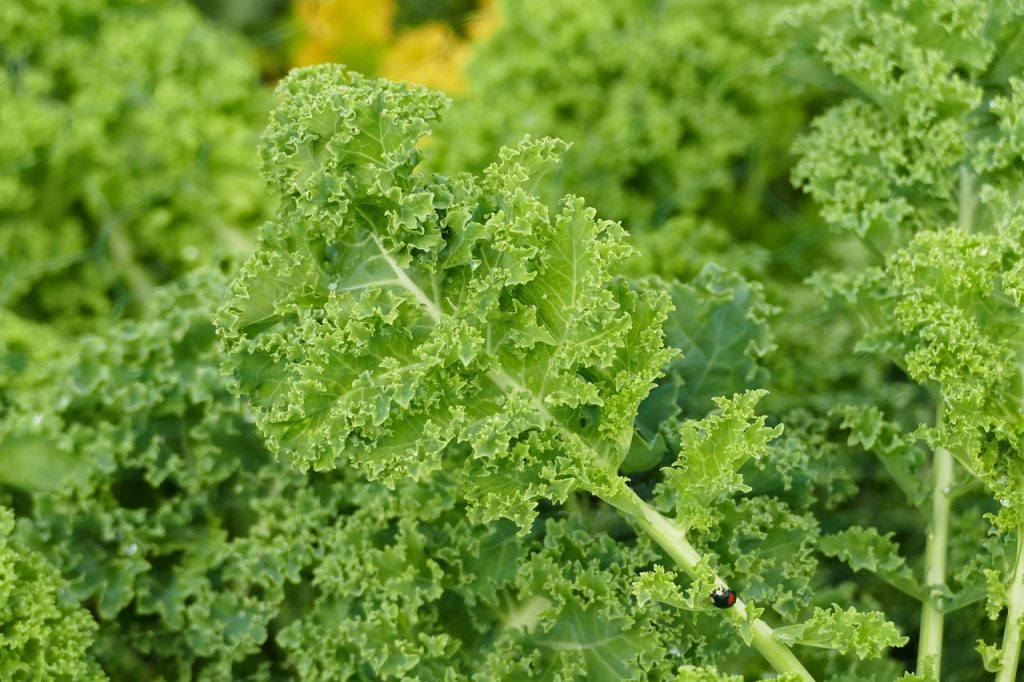
Kale is a superfood known for its nutritious qualities and hardiness. It can tolerate frost, and planting in November is ideal in USDA zones 3-8. The seeds germinate best at average soil temperatures around 60°F. Kale can be grown throughout the winter in milder climates, and even in colder zones, its flavors sweeten after a couple of frosts, making it an excellent choice for gardeners looking for winter produce.
Swiss Chard
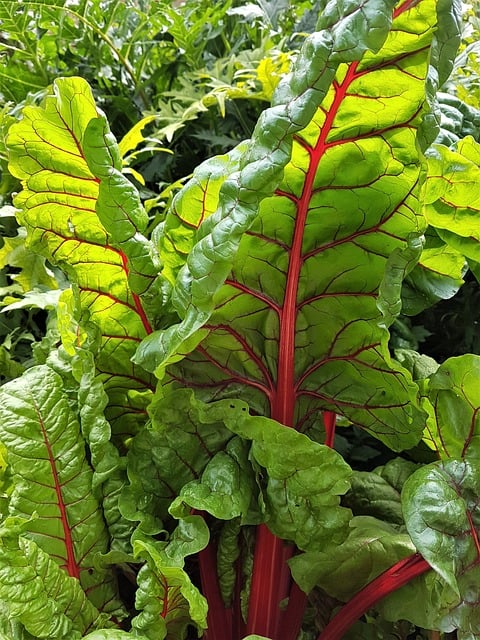
Swiss chard offers beautiful foliage and exceptional nutritional value. It’s adaptable to zones 3-10 and can thrive well into late autumn. Seeds germinate best at temperatures around 50°F. Swiss chard has a tolerance to frost and can be harvested continuously throughout the winter months. It’s also relatively low-maintenance and will produce for years if taken care of properly.
Mustard Greens
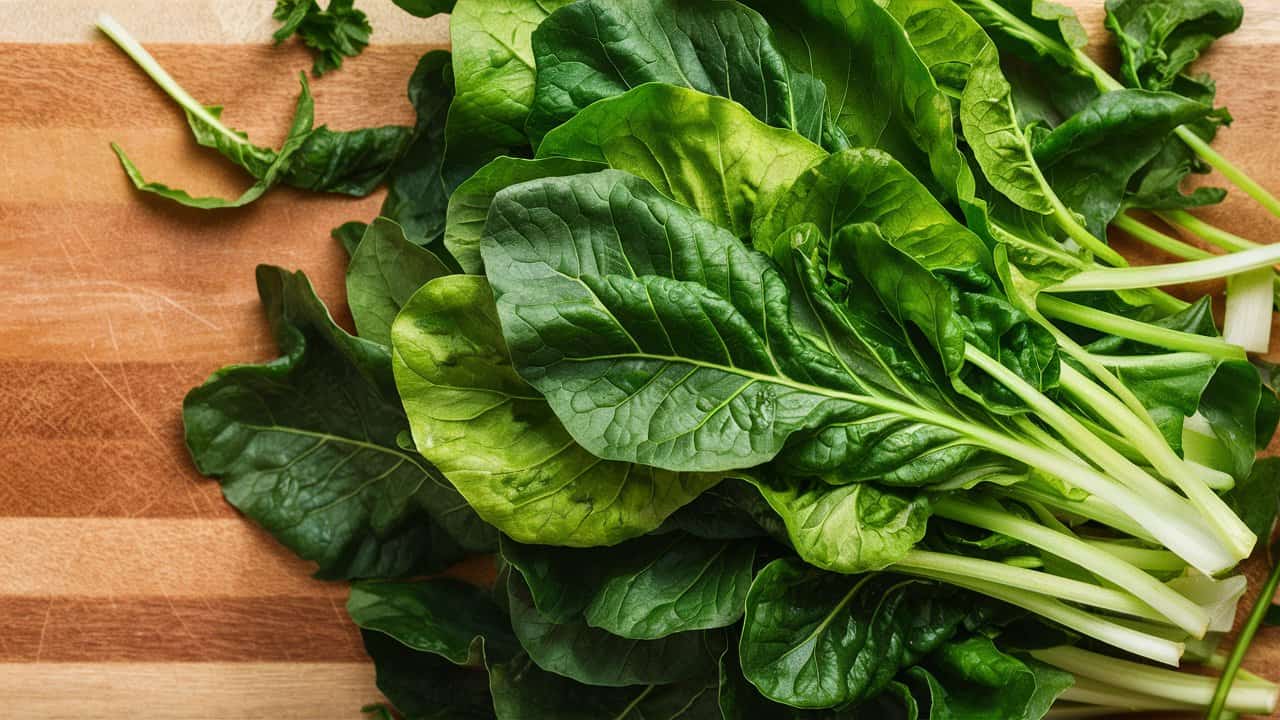
Mustard greens are an underappreciated option that thrives in cooler weather. Suitable for USDA zones 3-9, mustard greens can withstand frost quite well. The ideal temperature for germination is between 45°F and 65°F. They grow rapidly, maturing in about 30-50 days, adding a zesty flavor to salads and dishes.
Arugula
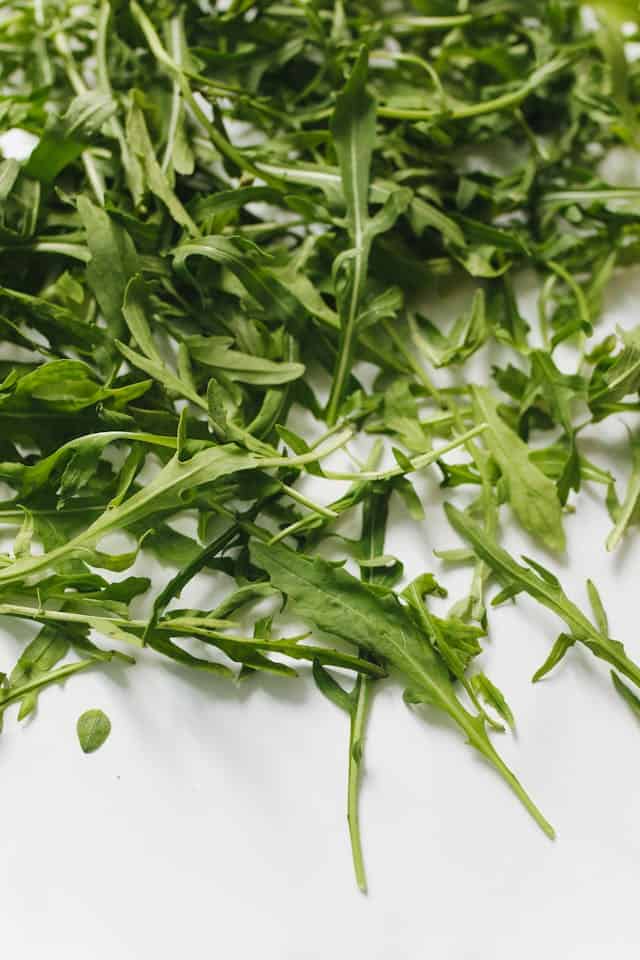
Arugula’s spicy flavor makes it a favorite among chefs and home cooks alike. It grows well in USDA zones 3-7 and is tolerant of frost. When planted in November, aim for temperatures around 45°F for the best germination. Arugula grows quickly, allowing for successive plantings throughout the winter. This means that by mid-winter, you can still enjoy fresh greens straight from your garden.
Root Vegetables
Root vegetables such as carrots, beets, and radishes benefit from the cooler weather, which often enhances their sweetness.
Carrots
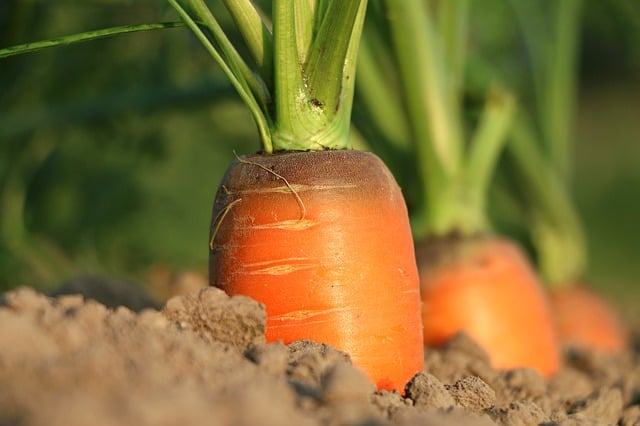
Carrots are very hardy and can be sown in November in USDA zones 3-7. They prefer soil temperatures around 50°F for optimal germination. Utilizing mulch can help protect the seeds from frost while keeping the soil temperature stable. Carrots planted in November can be left in the ground for winter harvest, developing a sweeter taste after being exposed to cold temperatures.
Beets
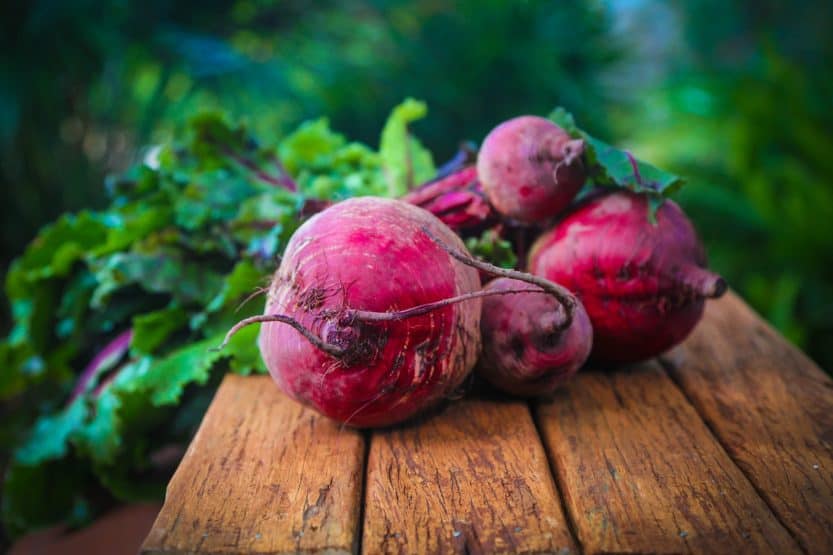
Beets are a versatile vegetable that can handle cool conditions remarkably well. They can be planted in November in USDA zones 3-8. The key is to ensure the soil temperature stays above 50°F for successful germination. Beets can be harvested in as little as 50-60 days, and they offer both edible roots and nutritious greens, making them a dual-purpose plant.
Turnips
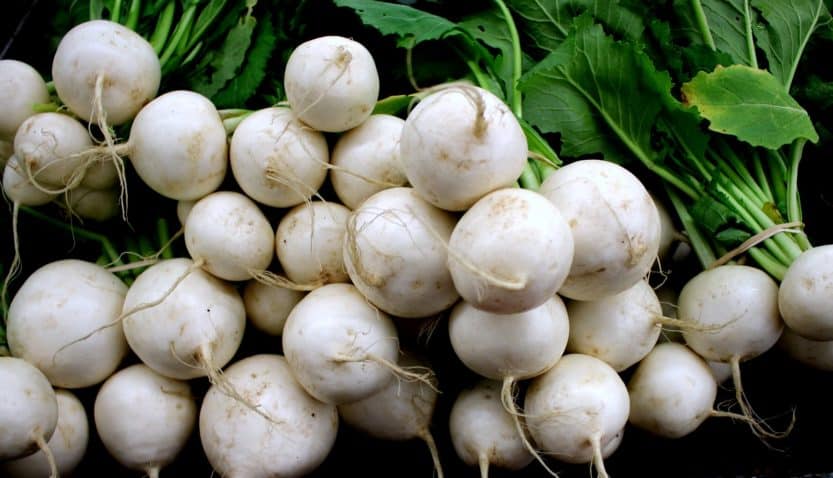
Turnips grow quickly and thrive in cool weather, making them ideal for November sowing. Suitable for USDA zones 3-9, turnips prefer soil temperatures around 60°F for optimal germination. They can be harvested in approximately 30-60 days, and their flavor improves after frost exposure. The greens are also edible and extra nutritious, making this a valuable addition to your garden.
Radishes
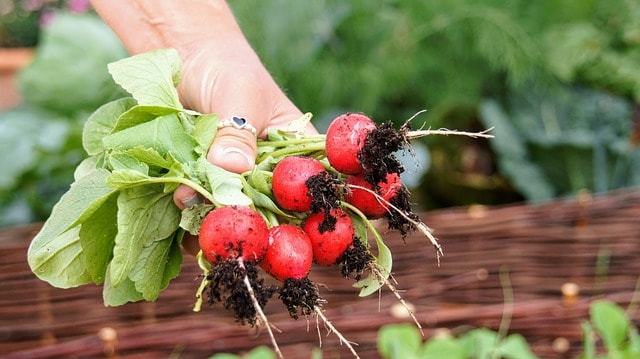
Radishes are one of the quickest vegetables to grow and are especially well-suited for November plantings in USDA zones 3-9. They thrive in cooler conditions, with optimal growing temperatures between 50°F and 55°F. Most radish varieties mature in about 25-30 days, making them an easy choice for impatient gardeners looking for a quick harvest.
Parsnips
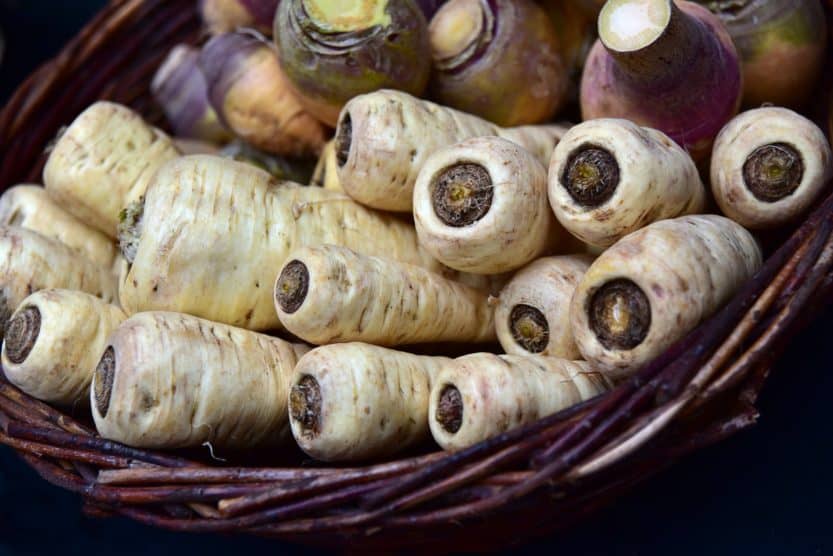
Parsnips can withstand freezing temperatures and are best planted in the fall for a winter harvest. Suitable for USDA zones 3-7, parsnip seeds will germinate best when soil temperatures are around 50°F. One of the unique features of parsnips is that their flavor becomes sweeter after frost exposure, making November planting an appealing option for winter harvesting.
Alliums
Allium vegetables are not only flavorful; they also add variety to your November garden. Their hardiness makes them a fantastic choice as the weather cools down.
Garlic
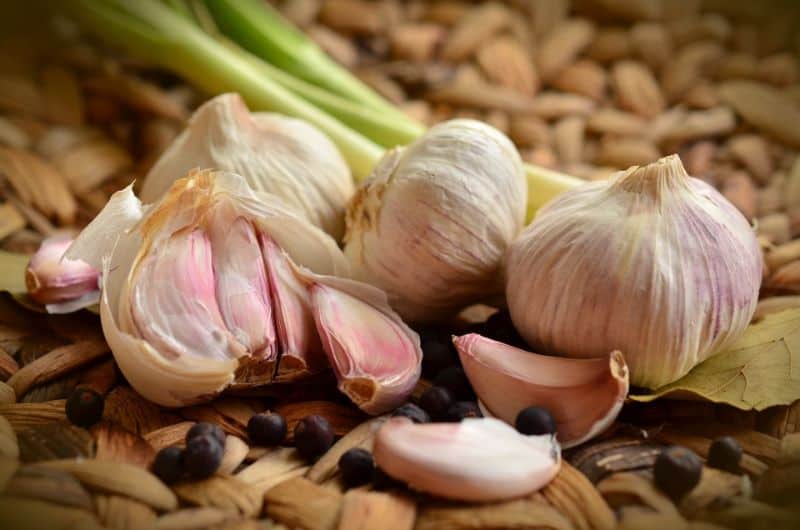
Garlic is a staple for many home gardens and is especially effective when planted in November in USDA zones 4-9. Cloves planted now will have the time needed to establish roots before winter sets in, making for a strong crop come summer. Garlic thrives in well-drained, loose soil, and prefers a temperature range between 50°F and 70°F.
Onions
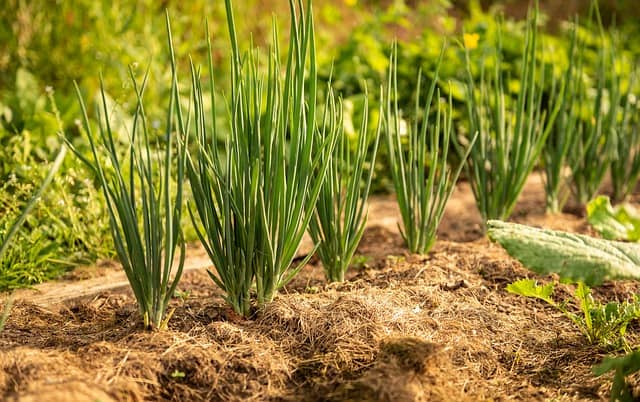
Onions can be planted as “sets” or seeds in November in USDA zones 7-9. They need a longer growing time but prefer cooler weather for a successful crop. The ideal soil temperature for germination is around 60°F. Some varieties are winter-hardy, allowing for an early spring harvest when planted in the fall. However, if you’re in a colder zone, it may be better to wait until spring.
Shallots
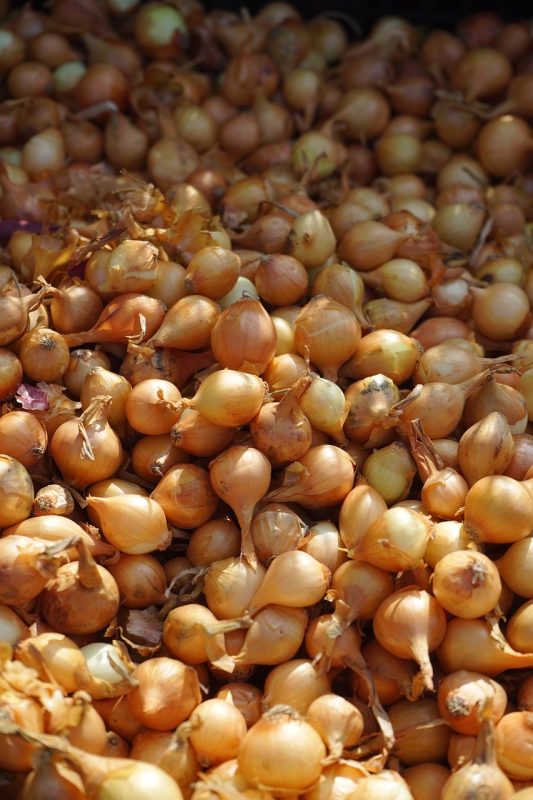
Shallots are another allium that can be planted in November in zones 4-9. Similar to garlic, these can be planted as bulbs and will need winter chilling to develop flavor. They prefer light, well-drained soil and thrive best in temperatures around 60°F. They will develop roots over winter and can be harvested in late summer.
Brassicas
Brassicas, or cruciferous vegetables, offer a wide range of flavors and textures. These veggies thrive in cooler climates and can often grow relatively well into the winter months.
Cabbage
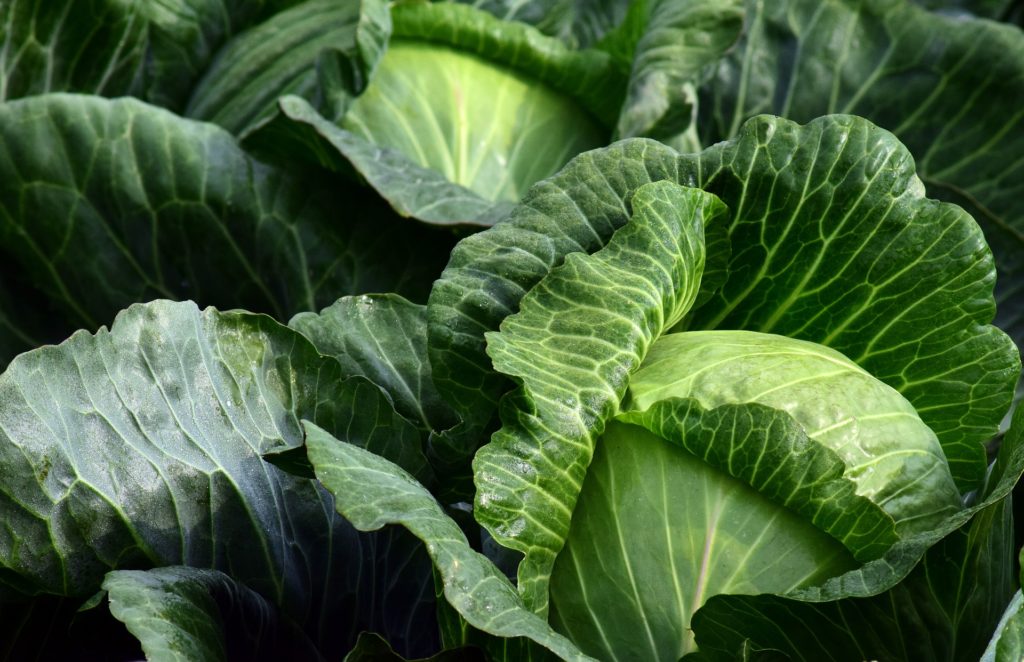
Cabbage is well-suited for November plantings in USDA zones 3-7. It needs cooler temperatures to develop properly, with optimum germination occurring around 60°F. Cabbage takes about 70 days to mature, so make sure to choose varieties that can handle the colder weather if you plan to harvest late in the season.
Broccoli
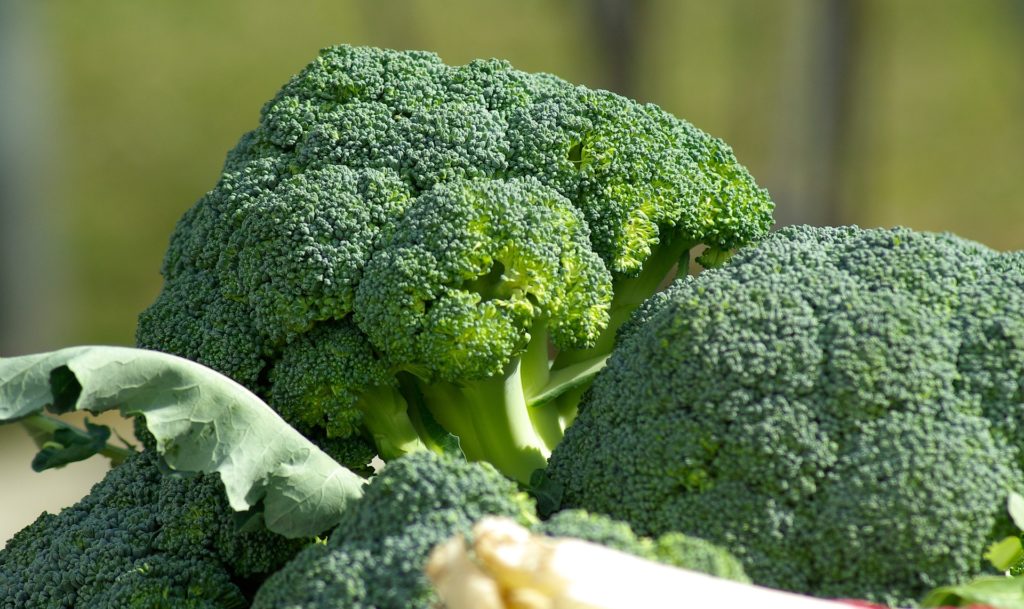
Broccoli can be surprisingly resilient to the cold and performs effectively in USDA zones 3-7 when planted in November. Ideal germination temperatures hover around 65°F, but it can withstand cooler weather once established. Broccoli matures in about 60 to 90 days, and exposure to frost can enhance its flavor, making it an enticing addition to your winter garden.
Brussels Sprouts
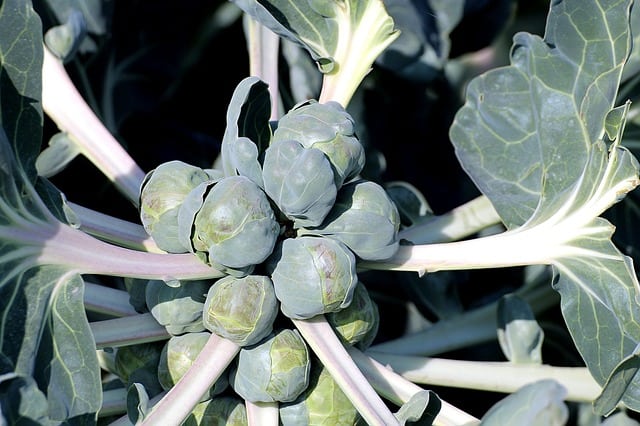
Brussels sprouts are a unique choice for November planting in zones 3-7. While they take a bit longer to mature (around 90 days), planting them in November allows them to grow successfully over the winter months, thriving in cool conditions. They generally prefer temperatures between 60°F and 70°F but will produce quality sprouts even after frost exposure.
Cauliflower
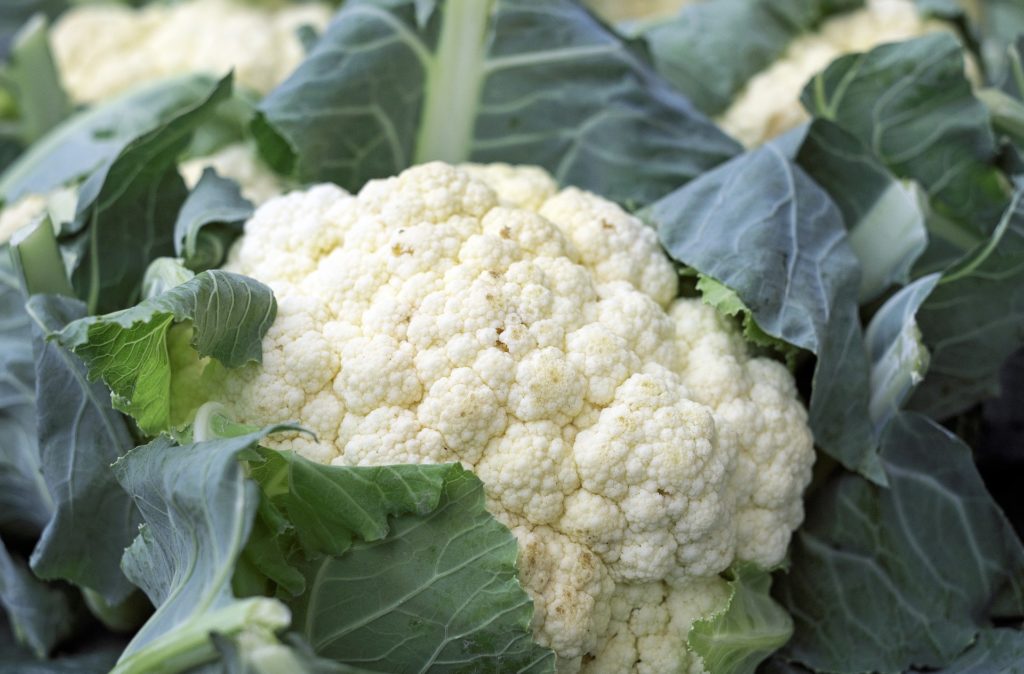
Cauliflower is often seen as tricky to grow, but November plantings can be successful in USDA zones 3-7. They prefer cool temperatures and germinate best at around 65°F. While it may take up to 80 days for cauliflower to mature, planting in November can work in milder climates and provide a nutritious winter harvest.
Legumes
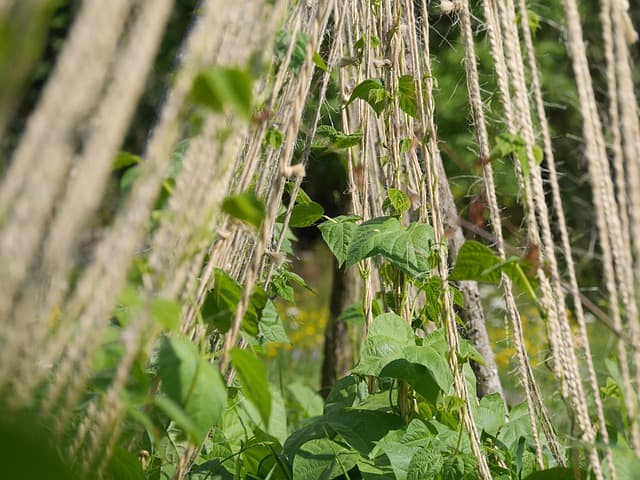
Legumes, particularly certain varieties, can also be sown in November, enhancing soil health through nitrogen fixation while offering delicious produce.
Fava Beans
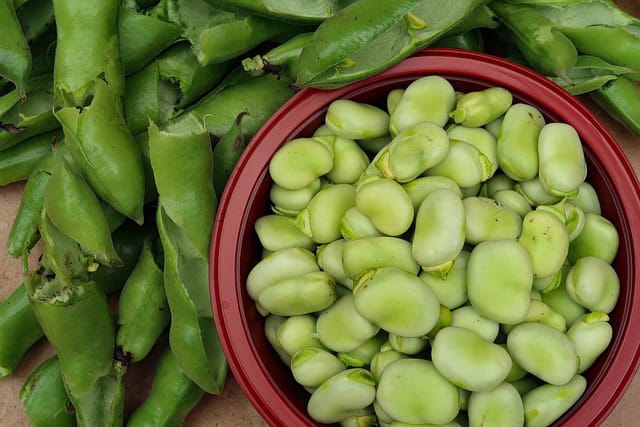
Fava beans are perfect for November planting in USDA zones 6-9. They thrive in temperatures around 45°F, allowing them to establish roots before winter. Fava beans are frost-tolerant, making them a reliable option for winter planting. They will typically be harvestable by late spring to early summer.
Peas
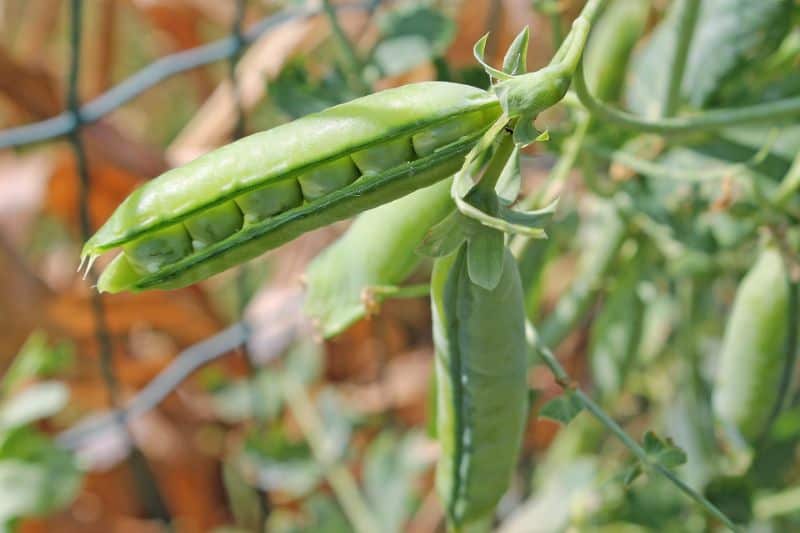
Peas are an excellent option for cooler climates and can be planted in November in USDA zones 5-8. They prefer cooler soil, with optimal temperatures for germination around 50°F. Peas can mature in about 60 days, making them a fabulous early summer crop. Planting in November allows the seedlings to establish before spring, leading to an earlier harvest.
Perennial Vegetables
Perennial vegetables can provide harvests year after year, and November is a great time to get these plants established.
Asparagus
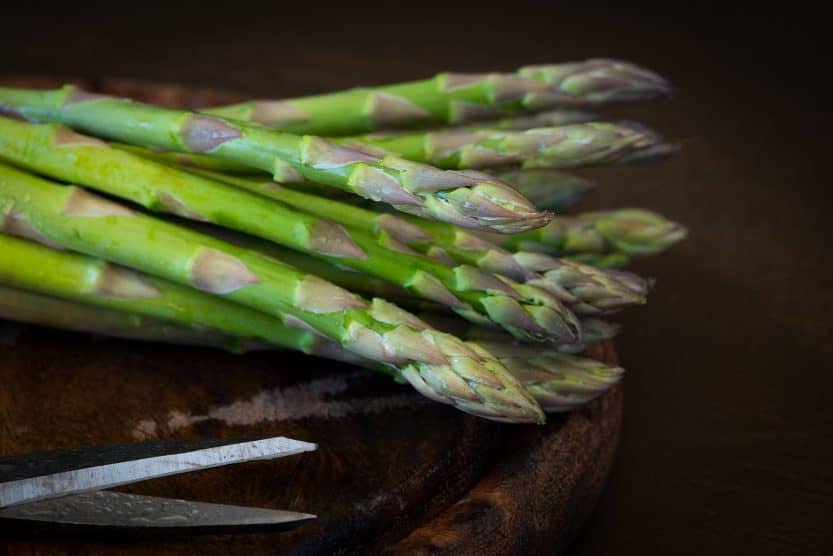
Asparagus is a long-term investment for your garden, requiring a couple of years to establish before harvesting. November is the ideal month to plant crowns in USDA zones 4-9. They thrive in well-drained soil and prefer temperatures around 70°F for initial growth. Once established, asparagus will produce nutritious spears every spring for decades to come.
Rhubarb
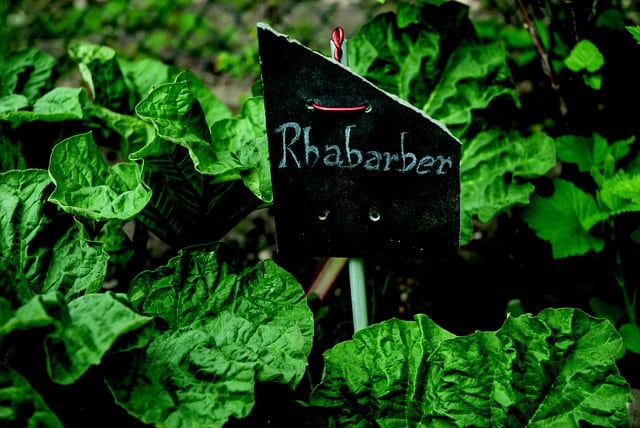
Rhubarb can also be planted in November in USDA zones 3-7. It’s best to utilize established crowns rather than seeds, as this gives your rhubarb a head start with only minimal frost protection needed. Rhubarb prefers full sun and well-draining soil, thriving in temperatures around 50°F. Another fact is that rhubarb performs best when it experiences a winter chill.
Companion Plants
Consider including companion plants in your November sowing. These interactions can enhance growth and protect against pests.
Chamomile

Chamomile is not directly a vegetable, but its benefits to the garden can be significant. Planting chamomile in November in USDA zones 3-9 brings about a beneficial companion to many vegetables. This flowering herb prefers cool soil temperatures around 50°F. As a companion plant, chamomile can attract beneficial insects, improving pollination and keeping pests at bay.
Marigolds
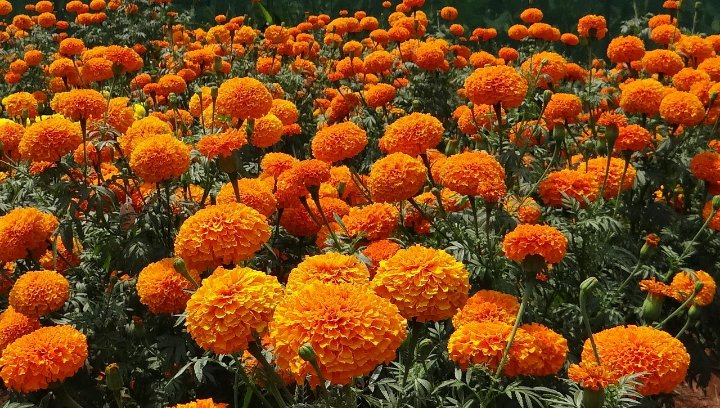
Though also not a vegetable, marigolds can offer immense value as companion plants in November planting. These flowers do well in USDA zones 3-10 and can withstand cooler temperatures. They are excellent at deterring pests and can provide a pop of color through winter. Marigolds prefer soil temperatures around 60°F for optimal seed germination, making them a suitable addition to any late-season garden.
Conclusion
November isn’t just the month to retire your gardening tools; it can be a fruitful time to introduce an impressive variety of vegetables into your garden. Whether you’re in a colder climate or a more temperate region, the opportunities to grow fresh produce in the late autumn months can be rewarding.


